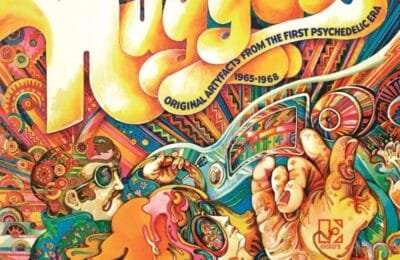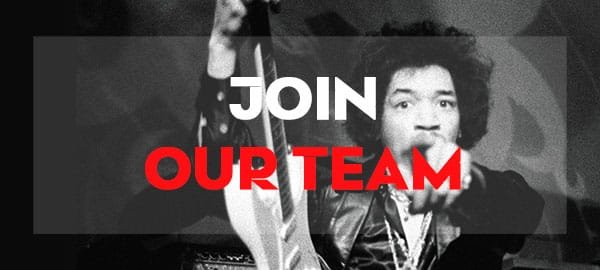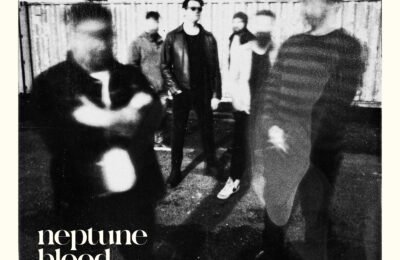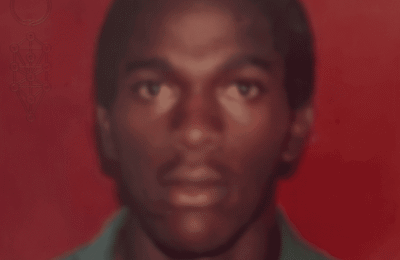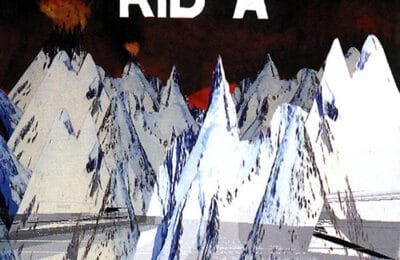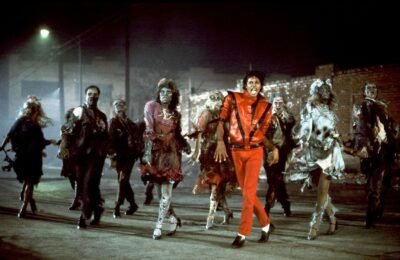Pink Floyd on the Way to the Moon
An Abandoned Project but a Decisive Turning Point: From Household Objects to Meddle
After starting to make a name for themselves, Pink Floyd embarked on an ambitious yet strange project: The Sounds of Household Objects. The idea was to create a continuous musical piece using only household objects to explore different atmospheres. This project remained unfinished but turned out to be a pivotal step in the band’s musical evolution, leading them to focus on a new album, Meddle (1971).
This album marked a turning point for Pink Floyd, laying the groundwork for their future masterpiece, The Dark Side of the Moon. True to their penchant for experimentation, the track Echoes, lasting 26 minutes, became a symbol of this transition.
Born from a single note played by Rick Wright, which Roger Waters wanted to manipulate using complex sound effects, Echoes embodies the group’s unique sound. Although rumors suggest an attempt to synchronize it with Stanley Kubrick’s 2001: A Space Odyssey, this seems unlikely as the film was released in 1968. However, Kubrick did consider using Atom Heart Mother for A Clockwork Orange, but disagreements with their manager, Steve O’Rourke, ended the project.
The Pompeii Amphitheater: An Extraordinary Concert
Always seeking new experiences, Pink Floyd caught the attention of director Adrian Maben. After an unsuccessful initial collaboration attempt, Maben proposed an audacious idea: filming the band performing in the ancient Pompeii amphitheater with no audience.
This approach, revolutionary at a time when concert films focused on audience reactions, appealed to Pink Floyd. Despite a chaotic start due to power outages and an unexpected religious procession, the filming concluded brilliantly.
The images of ruins and Mount Vesuvius, combined with the band’s masterful performances, offered a unique immersion into their music. The film, Pink Floyd: Live at Pompeii, was released in 1972 and became a critical and public success, captivating fans with its introspective atmosphere and refined aesthetic.
A Pause for a Soundtrack: Obscured by Clouds
While the band was beginning to outline a groundbreaking album, Barbet Schroeder returned to request another soundtrack for his film La Vallée. This movie explored the spiritual quests of characters in a mythical valley in Papua New Guinea.
Less experimental than their previous soundtracks, Obscured by Clouds, though relatively modest for the band, was a huge success in the United States. This unexpected triumph marked a turning point for Pink Floyd, who then brought their spectacular shows to American stages.
A Total Spectacle: Sound, Lights, and Ballets
Pink Floyd capitalized on their growing popularity by investing in increasingly elaborate live shows. These performances incorporated cutting-edge technologies of the time, including quadraphonic sound systems and innovative light displays. Fans were awed by the band’s ability to merge sound and visuals into an unforgettable experience.
The band was also invited to collaborate with French choreographer Roland Petit on a ballet using their music. While the dancers performed live to tracks like Careful with That Axe, Eugene and Echoes, the experience was creatively restrictive for the band. As David Gilmour explained, “It limited us a lot. I can’t play while counting measures. We had to sit in a corner of the stage with a piece of paper showing us the timing.”
After finishing the ballet and touring, Pink Floyd returned to the studio to continue work on their new album, unaware of the immense impact it would have.


